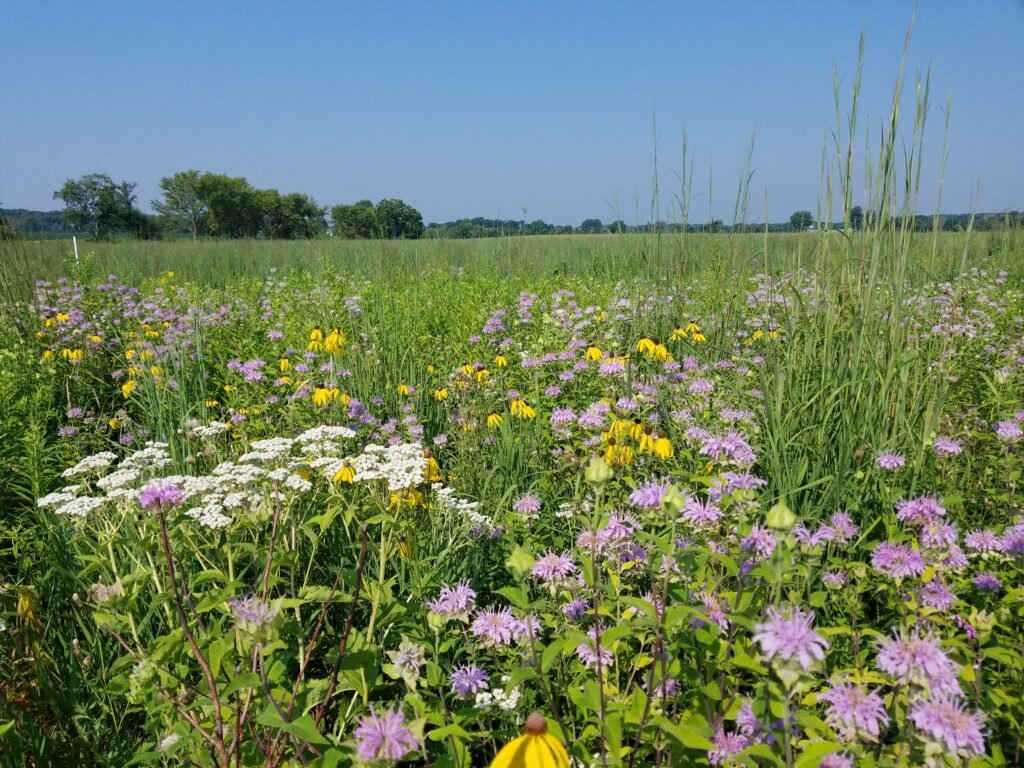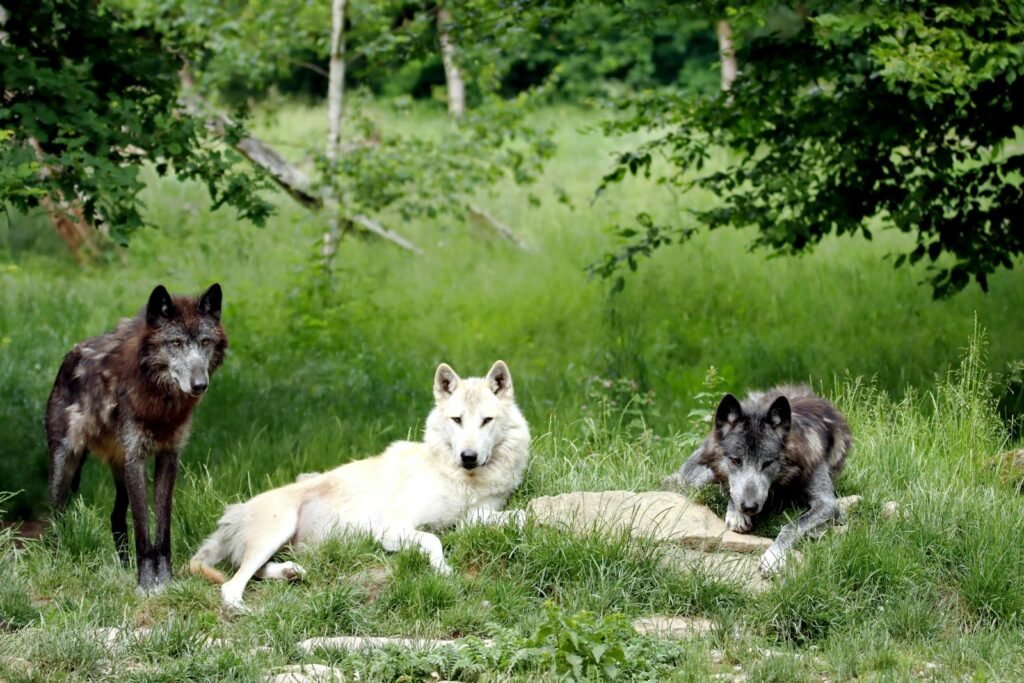Imagine standing in a sea of golden grasses that sway in the wind like rolling waves, a landscape once teeming with wildflowers, butterflies, and the rhythmic calls of meadowlarks. This breathtaking vision was once the natural state of Kansas, where the tallgrass prairie stretched from horizon to horizon. Today, less than four percent of this ancient ecosystem survives. Yet, in a surprising twist, a movement is growing—right in backyards, city parks, and rural homesteads—to bring the prairie back to life, one garden at a time. The story of replanting the prairie is a story of hope, science, and the power of ordinary people to revive a lost legacy.
The Tallgrass Prairie: A Vanishing Wonder
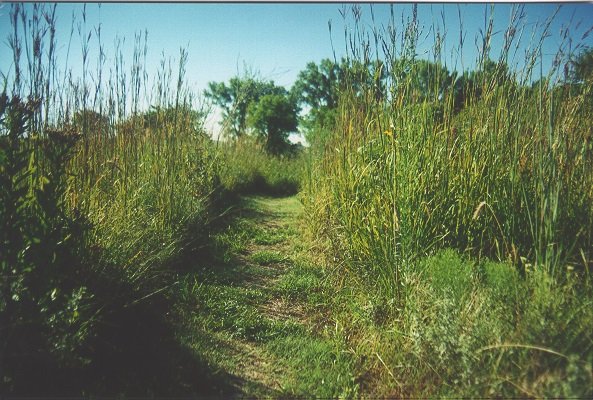
Kansas was once home to one of the world’s most magnificent grassland ecosystems—the tallgrass prairie. These prairies, dominated by grasses like big bluestem and switchgrass, grew taller than a person and hosted a dizzying variety of wildflowers and wildlife. Over the past century, plows and development carved up this landscape, replacing native plants with crops and lawns. The result is a silent crisis: habitats have vanished, and many species now struggle to survive. The loss of the prairie is not just an environmental tragedy; it’s also a cultural one, as generations lose connection to their natural heritage.
Why Native Plants Matter
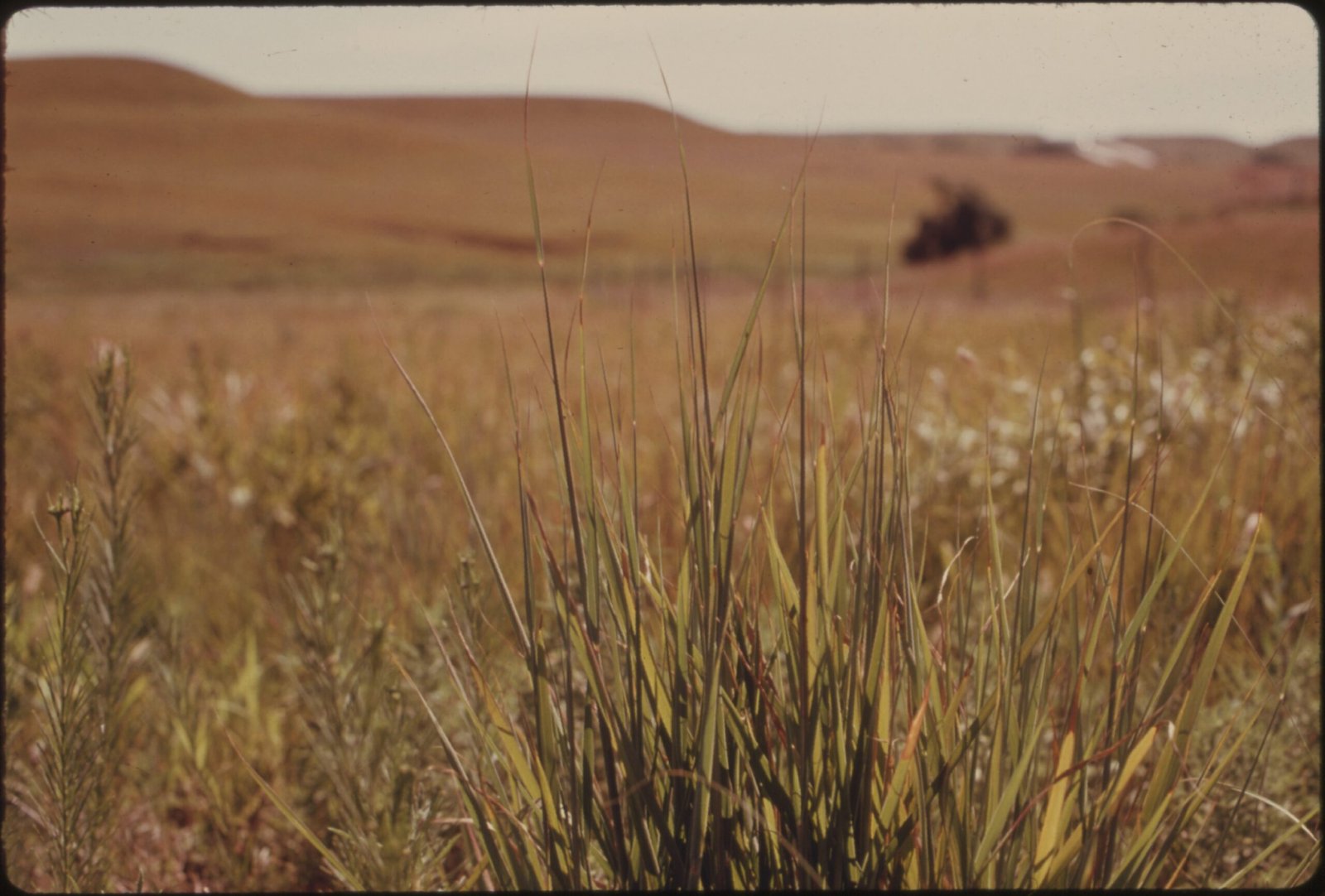
Native plants are the foundation of prairie ecosystems. Unlike turf grass or exotic ornamentals, Kansas natives evolved over thousands of years to thrive in the region’s unique climate and soils. Their deep roots stabilize the earth, prevent erosion, and store carbon far below the surface. Even more importantly, native plants are a lifeline for pollinators, birds, and insects that depend on them for food and shelter. When gardens are filled with native species, they become tiny oases of biodiversity—each one a critical piece in the puzzle of prairie restoration.
The Science Behind Prairie Restoration
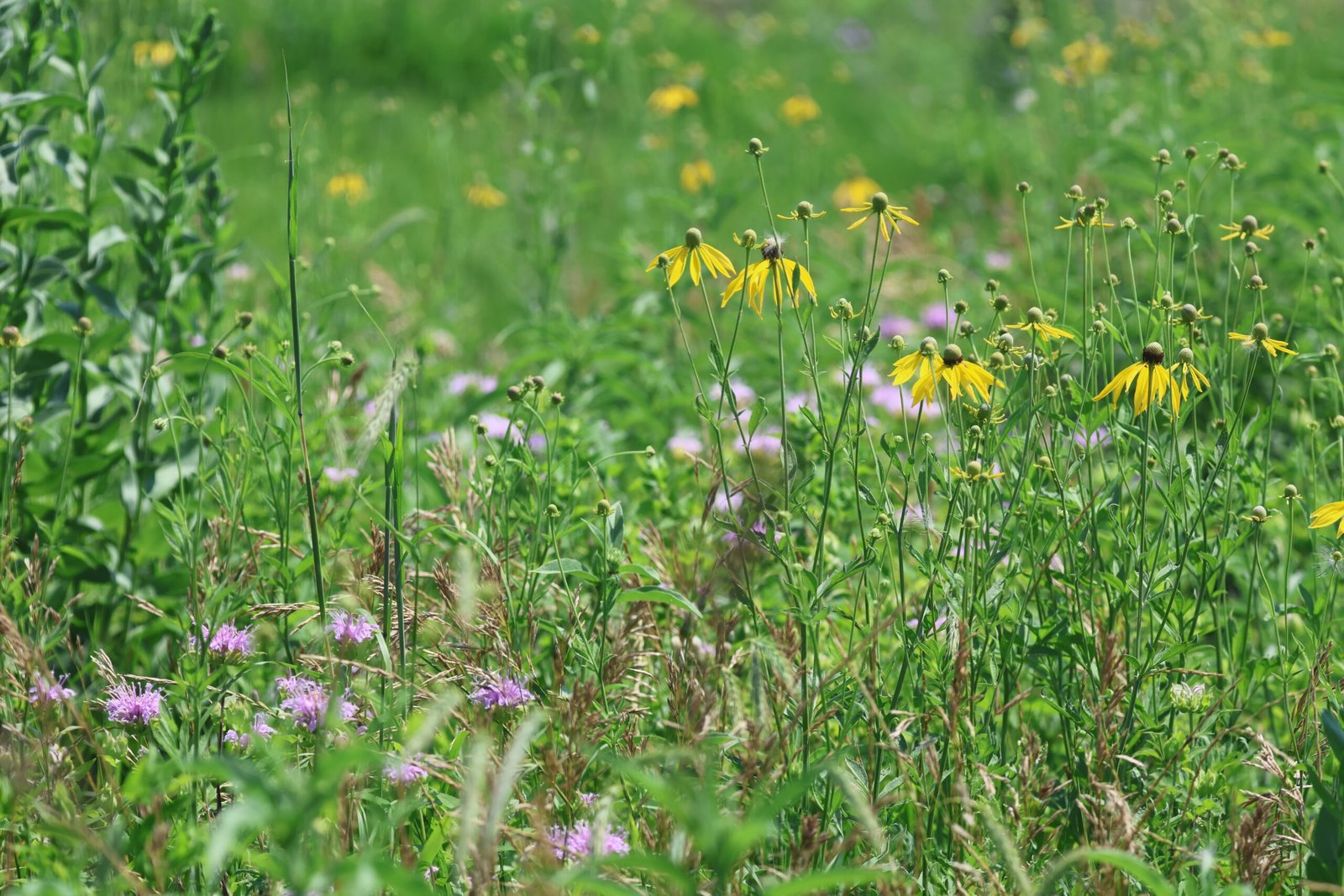
Restoring a prairie is not as simple as scattering seeds and letting nature take its course. Scientists and gardeners must carefully select plant species that work well together, mimicking the complex layers of grasses, flowers, and shrubs found in wild prairies. Timing is everything—some seeds need fire or frost to germinate, while others require careful management of water and sunlight. Researchers study the interactions between soil microbes, insects, and plants to ensure that new gardens foster the same dynamic relationships found in untouched prairies. This scientific approach increases the odds that restored gardens will thrive and support native wildlife.
Native Gardens: How Ordinary People Are Making a Difference
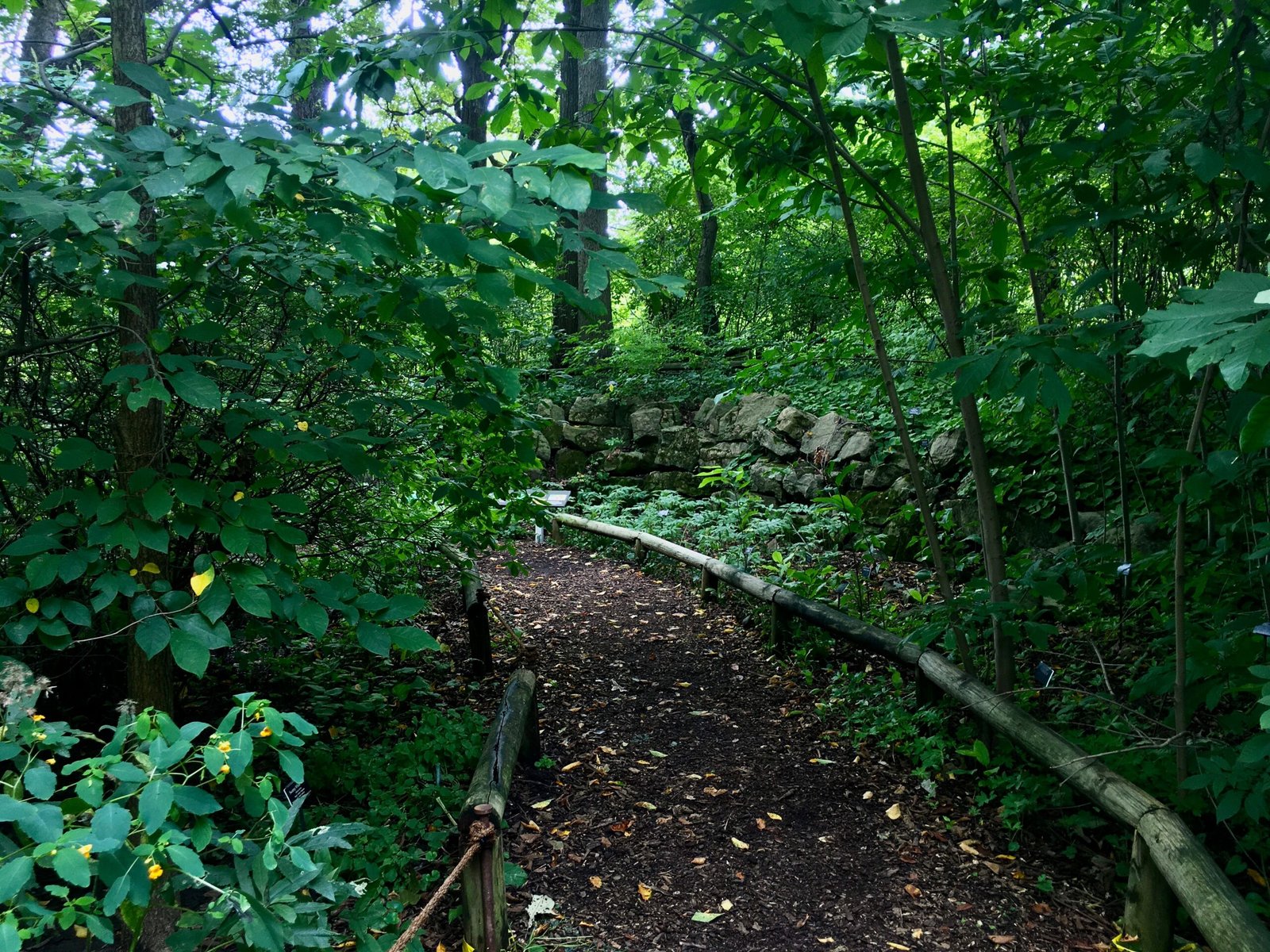
One of the most inspiring aspects of the prairie restoration movement is that anyone can join in. Homeowners, teachers, students, and community groups across Kansas are planting native gardens in places both big and small. From a postage-stamp yard in Wichita to sprawling schoolyards in Topeka, these gardens are living classrooms and sanctuaries. Even a single patch of coneflowers or milkweed can attract monarch butterflies and provide a feast for bees. The growing enthusiasm for native plants is turning neighborhoods into networks of habitat, proving that small changes can add up to something extraordinary.
Wildlife Returns: The Ripple Effect of Restored Gardens
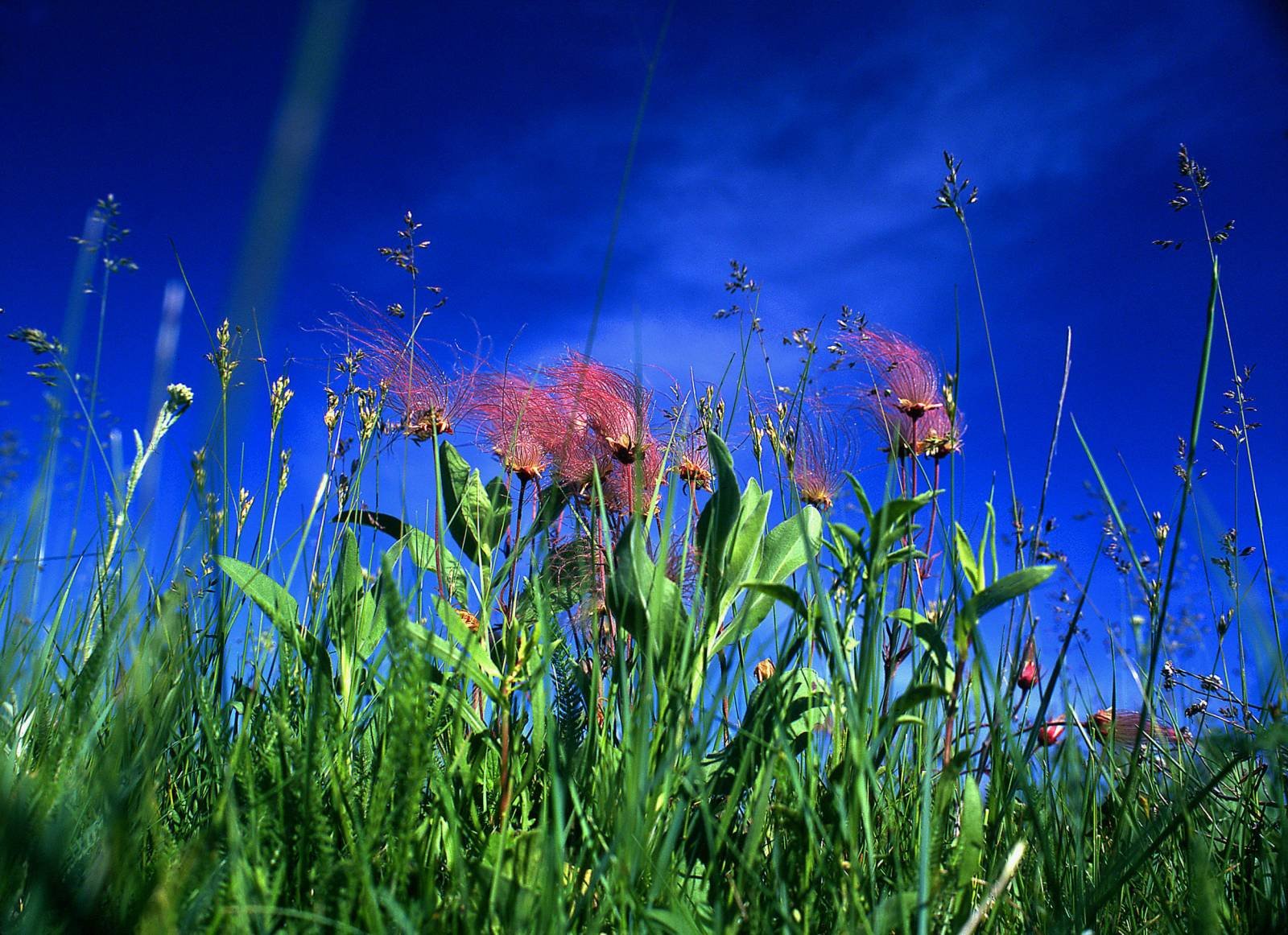
When native gardens begin to flourish, wildlife responds in dramatic ways. Birds like the eastern meadowlark return to nest and sing. Bees, butterflies, and beetles buzz from flower to flower, pollinating the plants and supporting food webs. Even mammals such as rabbits and foxes find shelter in dense tufts of grass. Scientists have observed that restored prairie patches can host surprising numbers of species, even in urban areas. Each animal that returns is a hopeful sign that the prairie’s legacy is not lost—it’s being reborn, right before our eyes.
Benefits Beyond Beauty: Clean Water and Climate Resilience
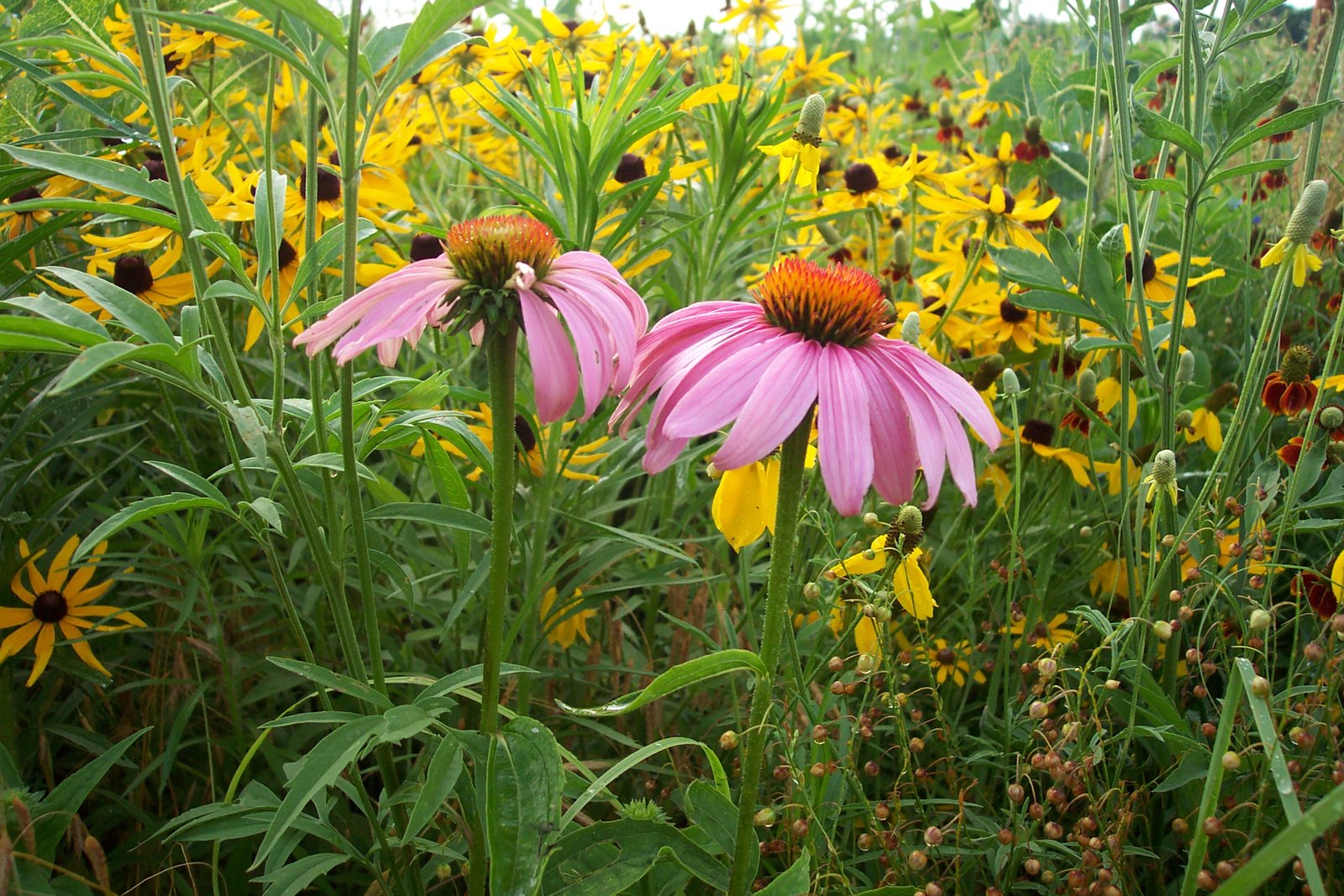
Restoring native prairies does more than beautify the landscape. These gardens act as natural filters, cleaning rainwater as it seeps into the ground and reducing runoff that can cause floods. The deep roots of prairie plants help the soil absorb and hold water, making communities more resilient to drought and heavy rains. Prairie restoration also helps fight climate change—by pulling carbon dioxide from the air and locking it underground, native gardens become quiet warriors in the battle for a healthier planet.
Overcoming Challenges: Myths and Misconceptions
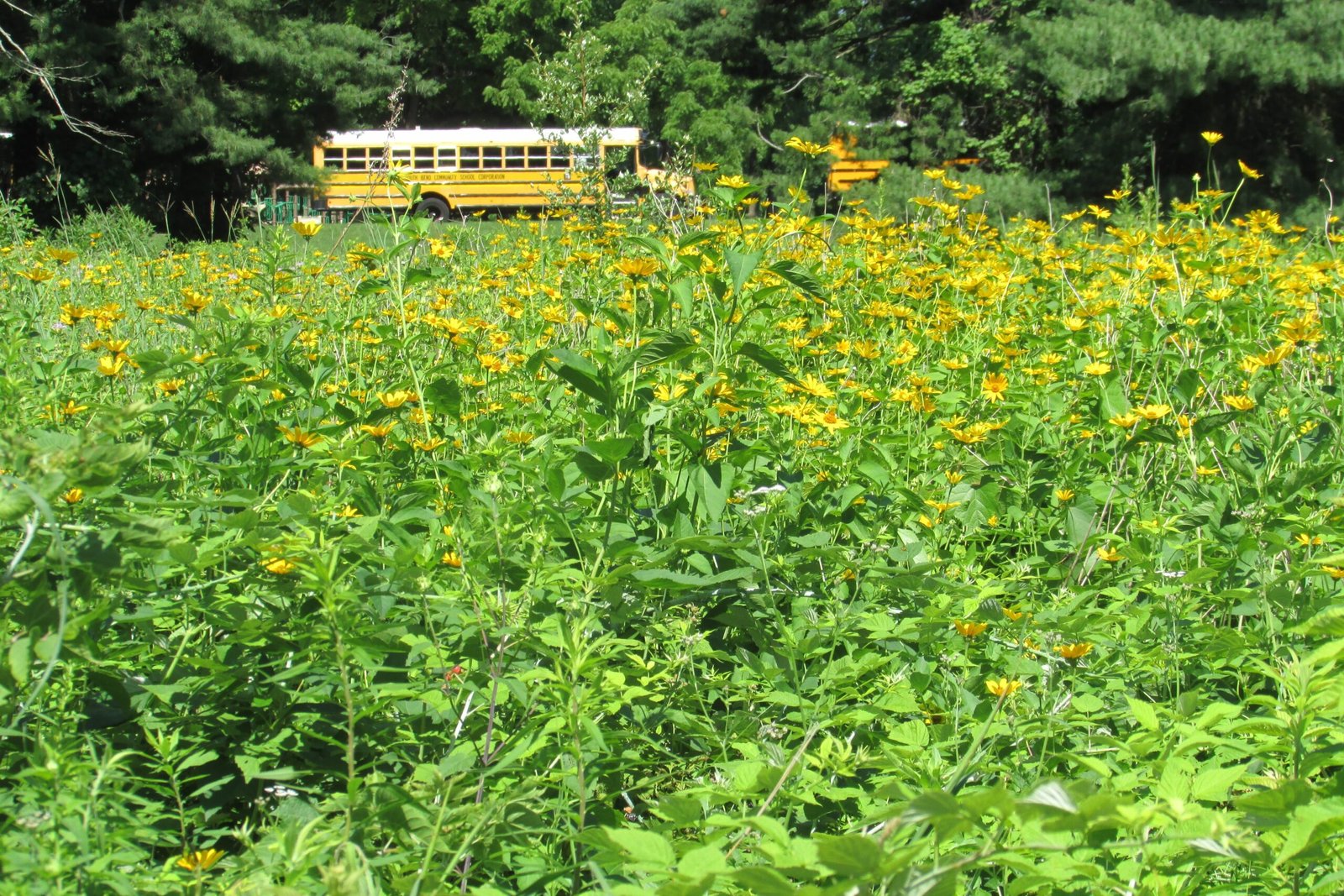
Despite their benefits, native gardens sometimes face resistance. Some people worry that prairie plants look “messy” or attract unwanted insects. Others believe that restoring prairies is too difficult or expensive. In reality, native gardens can be low-maintenance once established, needing less water and fertilizer than traditional lawns. Education and outreach are key to changing minds. When neighbors see the beauty and wildlife native gardens bring, skepticism often turns into curiosity—and even enthusiasm.
Restoration in Urban and Rural Landscapes
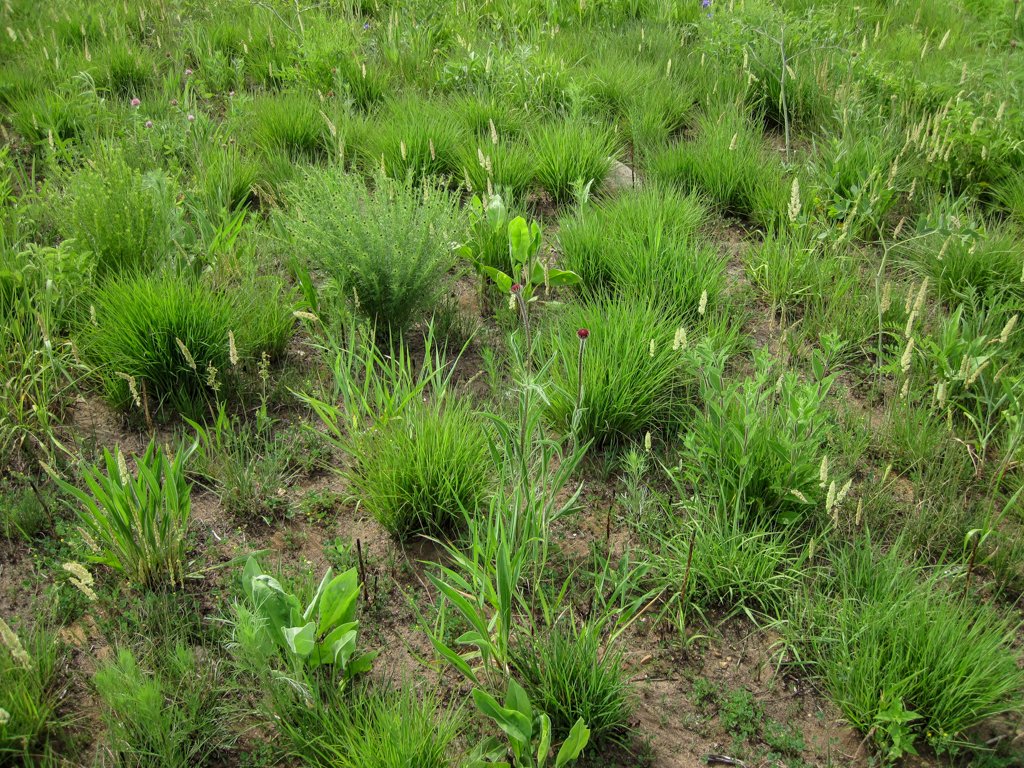
Prairie restoration isn’t limited to the countryside. Cities like Lawrence and Manhattan are integrating native plantings into parks, school campuses, and road medians. Rural landowners are converting old pastures and crop fields back to prairie, often with the help of conservation agencies. The blending of urban and rural efforts creates corridors for wildlife and strengthens the region’s ecological fabric. Every square foot of restored prairie, whether in a city center or a remote farm, helps stitch together the broken tapestry of Kansas’ natural history.
Education and Community Engagement
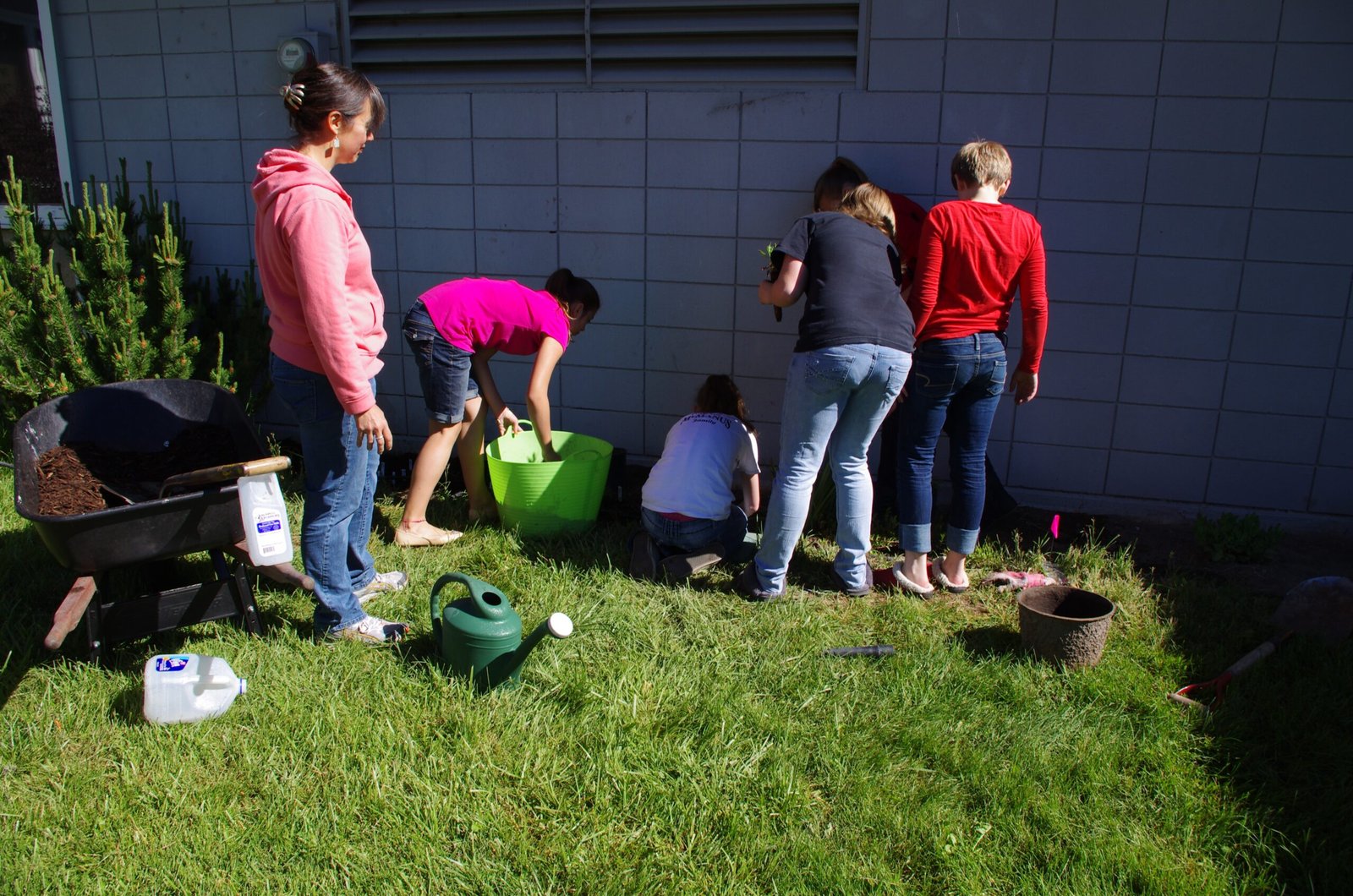
Teaching the next generation about prairie restoration is vital for its success. Schools are using native gardens as outdoor classrooms, where students can learn science firsthand—watching the life cycles of butterflies, measuring plant growth, and observing the return of birds. Community workshops and garden tours introduce people to native species and provide practical tips for starting their own projects. By building a sense of shared purpose and pride, these efforts ensure the prairie legacy will endure.
Simple Steps for Starting Your Own Native Garden
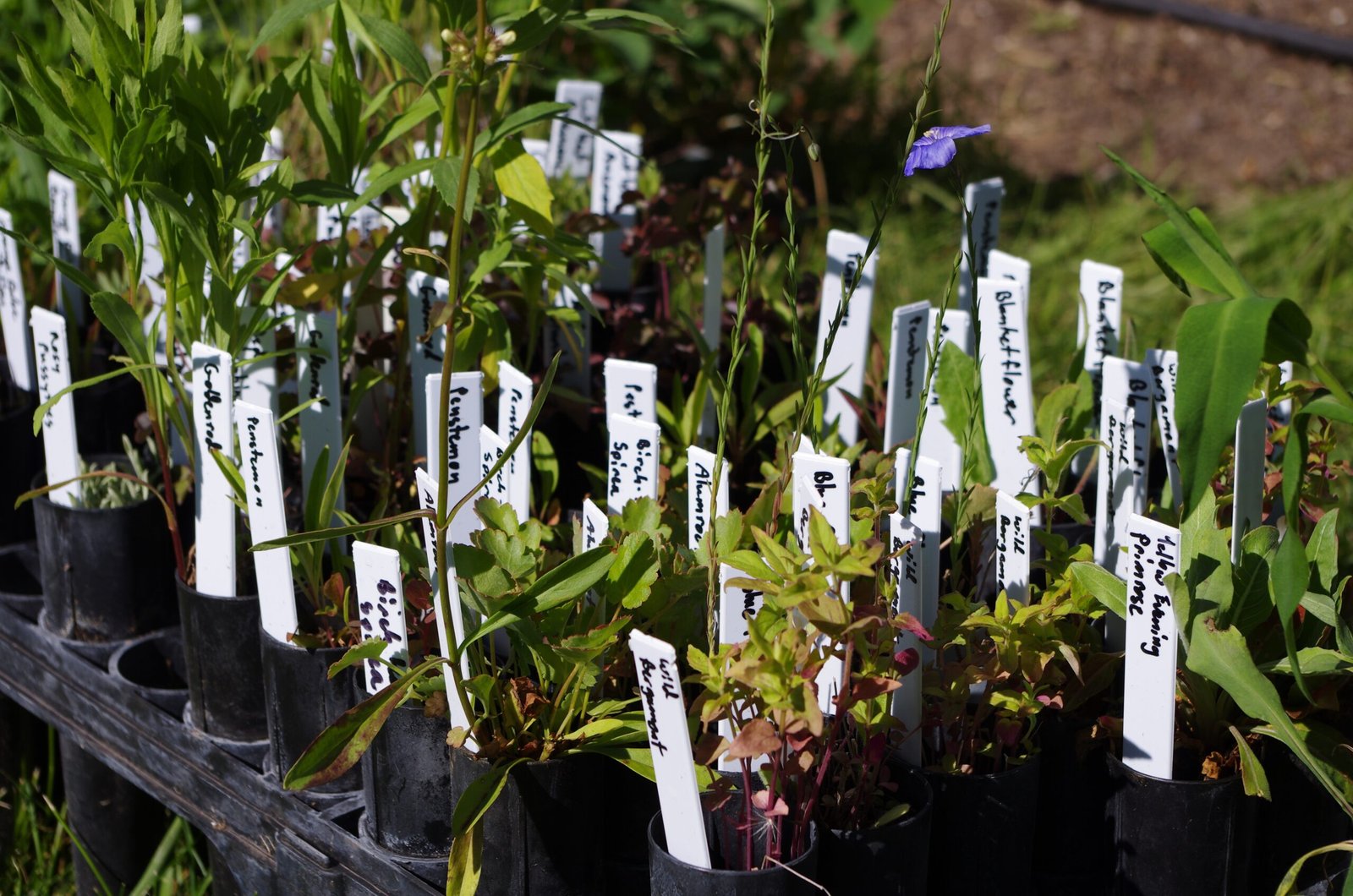
Anyone can help restore the prairie, no matter the size of their space. Start by researching which native plants are best suited for your area—look for species like little bluestem, purple coneflower, and butterfly milkweed. Prepare your soil by removing weeds and grasses, then plant seeds or young plants in the spring or fall. Water them regularly at first, but as roots grow deep, they’ll need less attention. Don’t worry about perfection—prairies are dynamic and will change with the seasons. Even a small patch can make a difference for wildlife and the environment.
The Future of Kansas’ Tallgrass Legacy
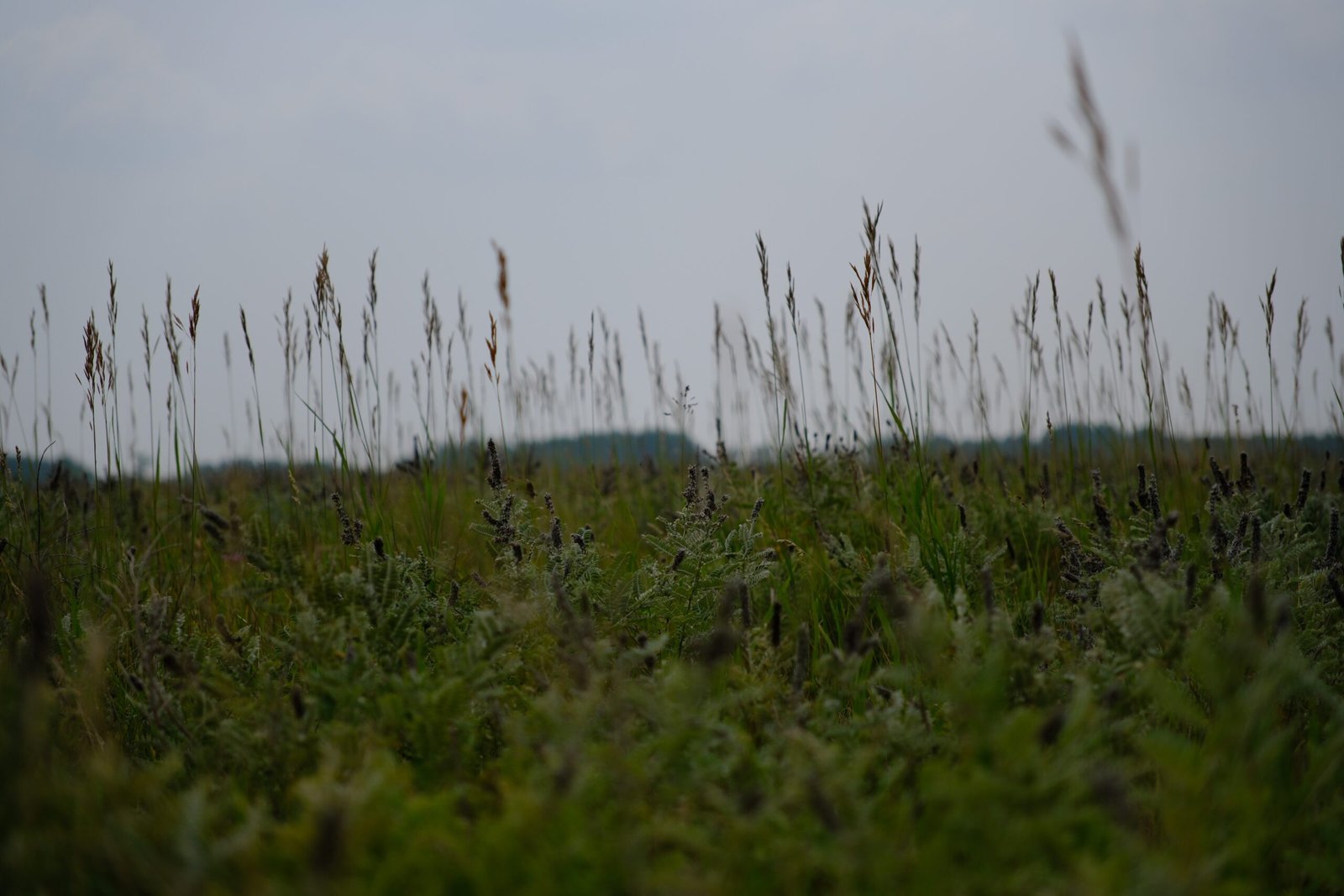
Across Kansas, the movement to replant the prairie is gaining momentum, fueled by a passion for nature and a desire to heal the land. Each native garden, whether in a backyard or a public park, is a testament to resilience and hope. By restoring the tallgrass prairie, Kansans are reviving not just a landscape, but a way of life that honors the beauty, complexity, and interconnectedness of the natural world. What role will you play in this remarkable story?

